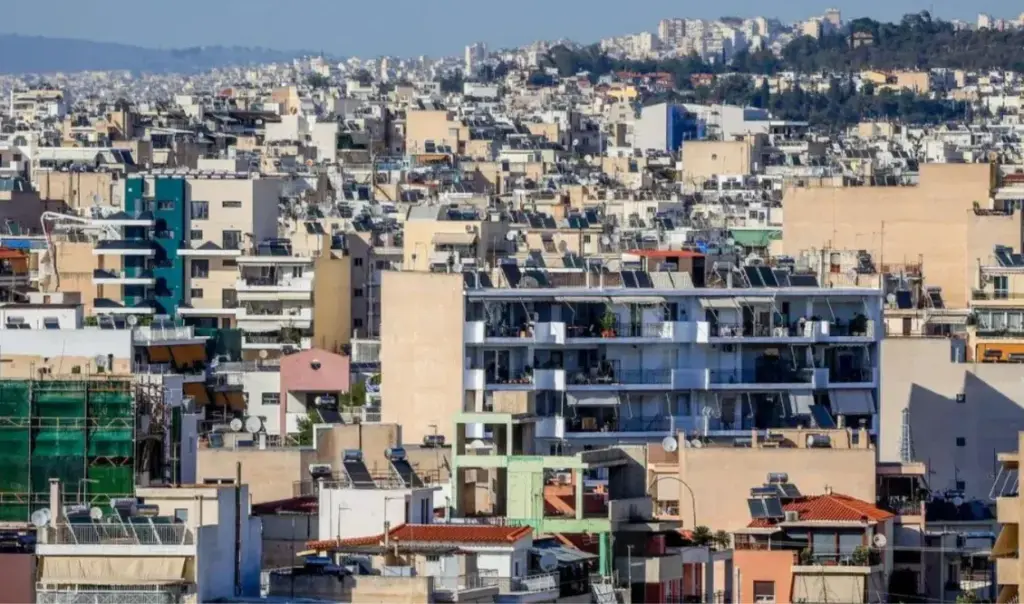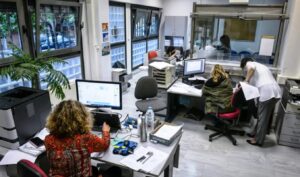A new plan to combat the housing crisis, leveraging closed apartments built between 1950-1990, through funding from NSRF and bank loans with a limit of 50,000 euros, is being developed by the Ministries of Finance and Social Cohesion, with expanded income criteria and minimal energy coverage requirements.
Read: New tax incentives for property rentals – Changes take effect from November
Real estate: How the new program for closed apartments will work
With this model, the government wants to incentivize the repair of old apartments, so that their owners will put them on the rental market. It will subsidize 50% of the cost (up to 25,000 euros) and the remainder will be covered by low-interest bank loans.
During this period, the Minister of Social Cohesion and Family, Domna Michailidou, is in continuous consultation with the Ministry of Finance, ahead of submitting the relevant bill by the end of the year. According to information, this specific program is set to replace the existing energy upgrade program, so that thousands of apartments that are currently closed due to the inability of low-income owners to upgrade and rent them can be included in the scheme.
To use the program, one must have an income of at least 10,000 euros. From there onwards, income limits increase, so that more property owners can participate
The government’s complete plan for closed apartments
The plan includes, in addition to increased income criteria, a ceiling on square meters, estimated to range between 60 sq.m. and 80 sq.m., aiming to bring thousands of small properties that are currently deteriorating back to the market. More specifically, the new program will stipulate that the property has not been declared as a primary residence, has not been declared as rented, and is declared as vacant in the E2 form accompanying the income tax declaration of the last three years, and that beneficiaries have not received subsidies for energy saving or renovation programs on their property in the last five years. Requirements
To use the program, one must have an income of at least 10,000 euros. From there onwards, income limits increase to accommodate more owners. Income thresholds for unmarried individuals will increase from 20,000 to 25,000 euros, for married couples to 30,000 euros (+5,000 euros per child) and for single-parent families 33,000 euros (+6,000 euros per child beyond the first). In cases where the income of the last tax year exceeds the maximum income limit, the “My Home II” program applies, which has already covered 65.45% of the total program budget, with 11,000 loans worth 1.258 billion euros approved.
The average loan amount is 119,490 euros and 58.8% concern incomes up to 24,000 euros. Many applications come from the regions, particularly Central Macedonia, Thessaly, Thrace and Western Greece.
What the renovation includes
Renovation under the new program will include minimal energy upgrades, compared to the previous program that provided for energy renovation of residential buildings through subsidies.
Specifically:
- Energy renovation of non-residential public and private buildings through subsidies and low-interest loans (upgraded investments).
- Increasing photovoltaic systems for self-consumption in residential buildings and the agricultural sector through subsidies.
- Promoting renewable energy sources in residential buildings through funding for installing new renewable energy systems for hot water production.
Published in Apogeumatini




